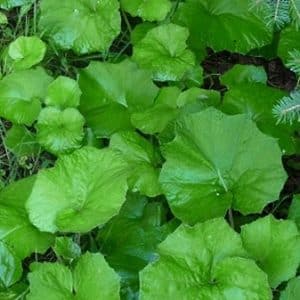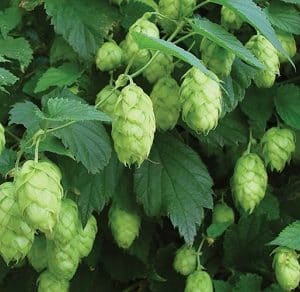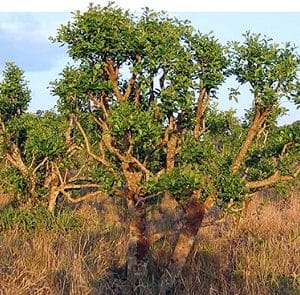$22.17 – $92.40
The plant was used to ease menstrual cramps, strengthen the uterus for childbirth, and prevent miscarriage. During the final 2 to 4 weeks of a Native American woman’s pregnancy, she drank tea made from squawvine leaves so that childbirth was less painful.
Squawvine’s name refers to its use by Native American women as a remedy for a range of conditions. Squawvine is also referred to as “partridge berry” because some people consider the other name to be insulting to Native American women.
Native Americans ate the berries and made them into a jelly, which was eaten in case of fevers.
The plant was used to ease menstrual cramps, strengthen the uterus for childbirth, and prevent miscarriage. During the final 2 to 4 weeks of a Native American woman’s pregnancy, she drank tea made from squawvine leaves so that childbirth was less painful.
In folk medicine, squawvine continued to be a remedy for women’s disorders. In addition to conditions related to childbirth, the herb was used to treat postpartum depression, irregular menstruation, and bleeding. In addition to treating internal ailments, a squawvine wash was said to provide relief to sore eyes. Squawvine is still used in folk medicine to treat conditions including anxiety, hemorrhoids, insomnia, muscle spasms,edema, and inflammation.
Squawvine is an evergreen herb that is native to North America, growing in the forests and woodlands of the Eastern United States and Canada. Usually found at the base of trees and stumps and growing year round, herbalists recommend collecting the herb when the plant flowers during the months of April through June.




